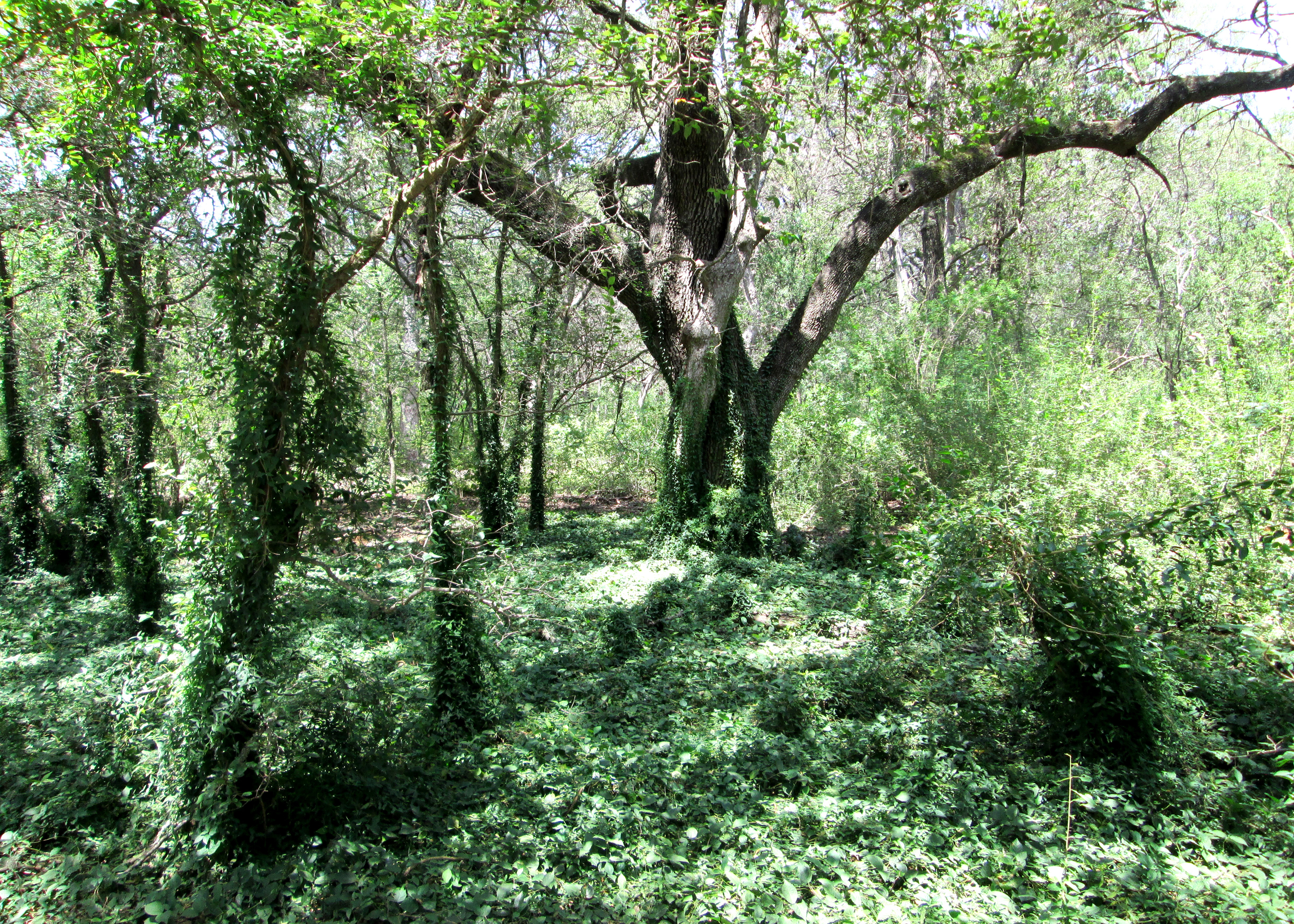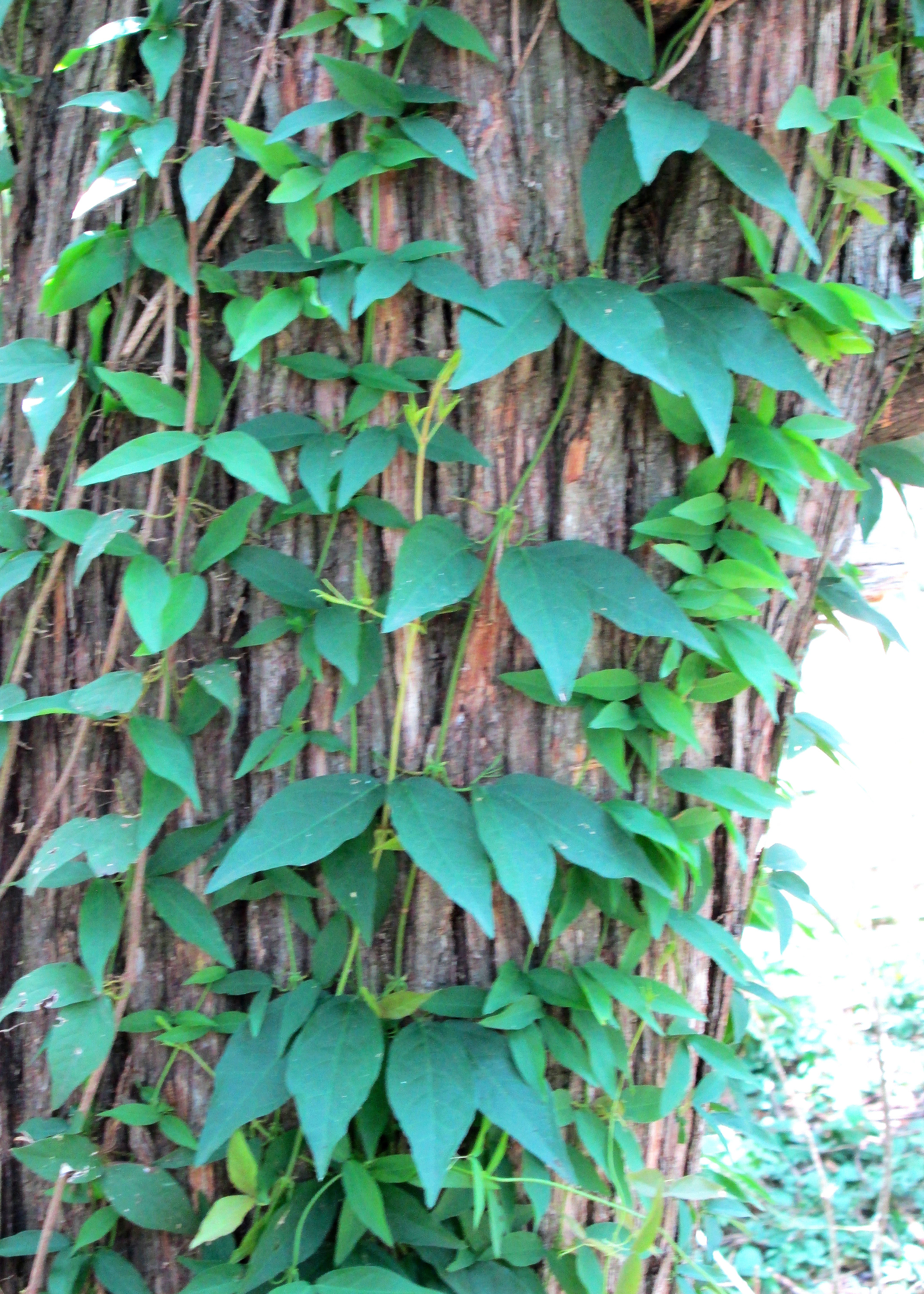Sperry: Advice on weeds, aggressive vines and trimming hedges
Published 4:50 am Sunday, August 3, 2025



Dear Neil: My red oak is about 10 years old. Some of the leaves are starting to look distressed, so I looked closely. I noticed small red ants climbing up and down the trunk almost as if they are harvesting something. And then I found these unusual nodules at the ends of almost all the branches. Is this a fungus, an insect, or something else. Is it going to harm my beautiful tree?
These are galls that have resulted from the stings of the tree tissue by a small wasp as she lays her eggs in the current season’s growth. Oaks are host plants to scores of different types of galls. You’re perhaps much more familiar with woody oak and wooly oak galls on live oaks and the several other types of unusual galls that show up on red oaks. It’s all just another day in the life of being an oak – none of this is of any particular concern. You can’t do much about them anyway. The female insects are there for such a short time.
As for the ants, they’re probably harvesting drops of honeydew. That’s the sticky sap residue secreted by the sucking gall insects that are causing the odd growth, probably oak bullet galls.
Trending
Dear Neil: We moved to the Southwest 5 years ago and decided we wanted to plant things that could handle the drought and heat. Now, our five cacti have grown too large, and they are encroaching on other plants. We asked our arborist to prune them, and he politely said he would prefer not to do so. How do you recommend a cactus like that be pruned? How do we find someone who can do it reliably?
Without photos, sadly, I can’t help you. The Cactus family (Cactaceae) is huge, and it includes many different types and exponentially more growth forms. And then you add in all the “succulents” (from scores of other plant families) that people casually call “cacti” and the whole thing explodes. That list includes yuccas, ocotillos, agaves (not that you would prune them), and hundreds of other types, some with thorns, spikes, and prickles, and many without.
I would suggest starting with the nursery where you bought them. They could help you either in how to prune them or in knowing someone who could do the work for you.
If that person or nursery is not available, get an identification somewhere. If your plants bloom, take photos of the flowers and run them through Google, ChatGPT or some other online means of getting a beginning of nailing down the genus and species. (My experience with the old apps for plant ID have not proven very successful, but the AI attempts that I’ve tried have given me a good starting point from which I could attempt to get confirmation. Once you have the name of a plant you can get a huge amount of information on how to care for it, including how to prune it.
I’m sorry I couldn’t help you directly, but perhaps that will make short work of getting your answer.
Dear Neil: What is this vine that is crawling up the trees and covering a large area of ground on my South Texas rural property? How can I control it?
Trending
This is skunkvine (Paederia foetida), an aggressive vine that will quickly overtake an area as you have discovered. You can confirm its ID by crushing a few of its leaves. The name comes from the aroma you’ll detect when you do that crushing. The invasive plant folks with southern universities suggest that it can be removed manually (hoeing, mowing, cultivating, but that diligence will be required). Burning and goats are sometimes mentioned, but they both allow for quick regrowth, and burning obviously is usually not allowed anyway. Spraying with 41 percent glyphosate will usually control it, although it is non-selective, so you will need to avoid getting that spray onto any desirable foliage. Be certain your glyphosate spray has no other active ingredient included with it. By itself, glyphosate is not active in the soil, but some of the active ingredients in the combination products will be.
Dear Neil: How can I eliminate this weed? It shows up each year. I’m tired of pulling it by hand. What is it?
First, let me state the obvious. Your weed is not a grass. Grass leaves (blades) have parallel veins, just like your St. Augustine. Therefore, a broadleafed weedkiller (containing 2,4-D) applied as a spray in fine droplets from a pump bottle or spray tank onto the leaves would control it. However, read and follow label directions to avoid damage to your turf in hot weather.
The resolution of your photos is so low that I cannot identify the weed with certainty, but that’s not critical. It is definitely a broadleafed species. What I wrote will apply to all of them.
Dear Neil: What is the best time of year to trim our boxwood hedge? It is 50 years old and 38 inches wide. It is growing over the walk, and we need to prune about one fourth of the width off.
Late winter, before the new growth begins in the spring. That way it can take advantage of the burst of new growth in March and April. Accompany the trim with a feeding of high-nitrogen lawn food. I must tell you that cutting that much off boxwood scares me. You’re going to have almost no leaves left on those branches. I hope they’ll have enough vigor to re-leaf and fill back in again vigorously. If there is any way for you to do a lighter trim, I know the plants would accept it better. If they were mine, I would start at the least visible end and trim a few inches before I committed to doing the entire length.
— Have a question you’d like Neil to consider? Mail it to him in care of this newspaper or email him at mailbag@sperrygardens.com. Neil regrets that he cannot reply to questions individually.









